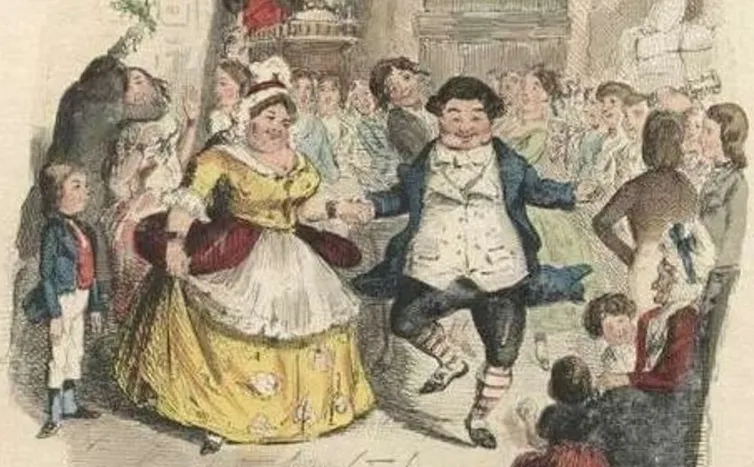The word for today is…
fresco (noun)
1: the art of painting on freshly spread moist lime plaster with water-based pigments
2: a painting executed in fresco
Source : Merriam -Webster
Etymology : Fresco is an ancient art, used as early as the Minoan civilization on Crete, but it reached the height of its popularity during the Italian Renaissance of the late 15th and early 16th centuries. Fresco comes in two types: in fresco secco (“dry fresco”), a dry wall is soaked in limewater, and lime-resistant pigments are then applied; in buon fresco (“good fresco”; buon fresco is also called “true” fresco), used by Michelangelo in his 16th century Sistine Chapel frescos, pigments are fused directly with wet plaster.The Italian word fresco means “fresh” and comes from a Germanic word akin to the source of English fresh. In the Renaissance, pittura a fresco, meaning “painting freshly,” referred to paint applied while the plaster on the wall was still wet, as opposed to pittura a secco “painting dryly,” in which paint is applied when the plaster was dry. In English, fresco appears earliest as part of the phrase in fresco; it does not appear as a noun referring to a painting until 1670. A different sense of Italian fresco, meaning “fresh air,” appears in the phrase al fresco “outdoors,” borrowed into English as alfresco and used particularly in reference to dining outdoors.
If you enjoyed this BFD word of the day please consider sharing it with your friends and, especially, your children.







